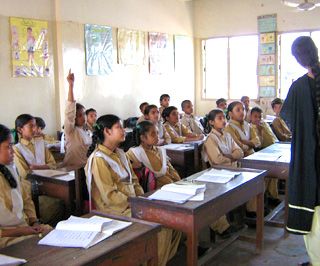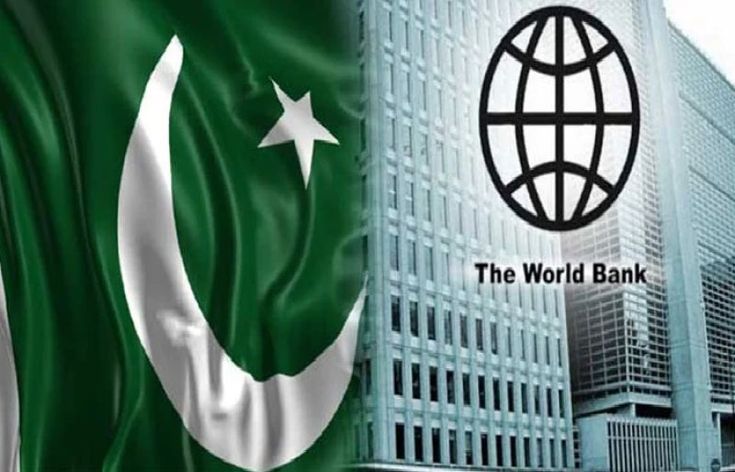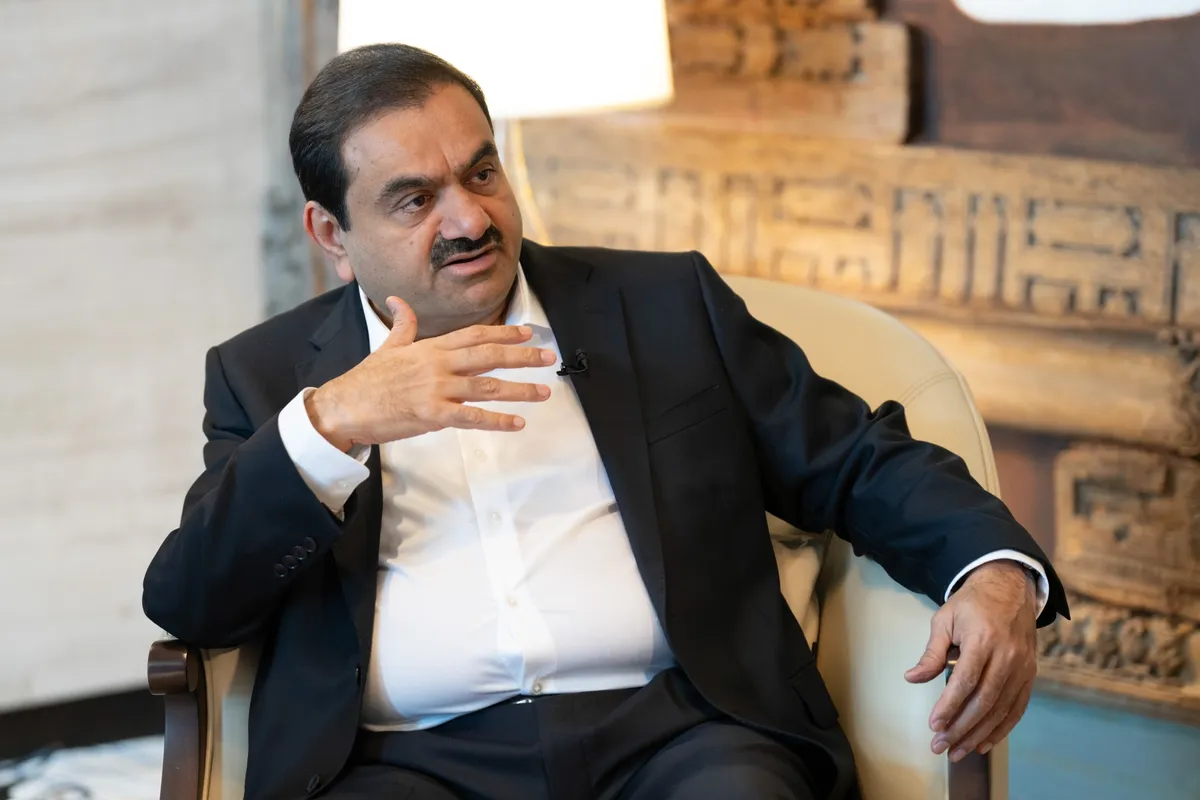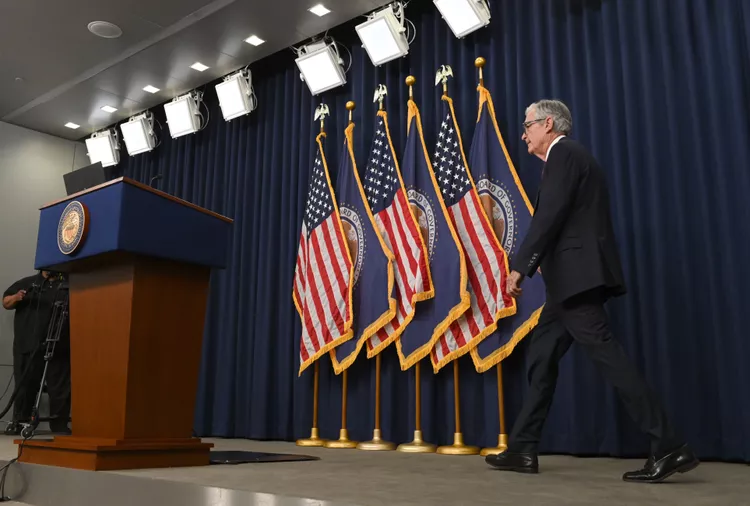Introduction
The World Bank Pakistan Education Project has been launched to address one of the country’s most pressing challenges: access to quality education. With over 22 million children out of school and learning levels lagging behind global averages, Pakistan faces a critical education crisis. The new project, which focuses on early childhood and foundational learning in Punjab province, aims to benefit more than four million children.
This initiative underscores the importance of education in Pakistan’s long-term development strategy and highlights how international organizations like the World Bank are stepping in to support systemic reforms.
Why the World Bank Pakistan Education Project Matters
Education is often described as the foundation of economic growth, yet Pakistan has consistently struggled in this area. The World Bank Pakistan Education Project is significant for several reasons:
- Scale of impact: Punjab is Pakistan’s most populous province, and reforms here can influence national policy.
- Focus on early years: Early childhood education lays the groundwork for lifelong learning and success.
- Support for teachers: Training educators ensures sustainability of improvements.
- Equity: Girls and marginalized communities stand to benefit the most.
By targeting foundational skills like literacy and numeracy, the project addresses problems at the root rather than at later stages of schooling.
The Current State of Education in Pakistan
Pakistan’s education sector faces multiple challenges that the World Bank Pakistan Education Project seeks to address:
- High dropout rates: Many children leave school before completing primary education.
- Poor learning outcomes: According to assessments, nearly half of Grade 5 students cannot read a simple story in Urdu or English.
- Gender disparity: Girls in rural areas are far less likely to complete schooling than boys.
- Infrastructure gaps: Schools lack basic facilities such as toilets, libraries, and safe classrooms.
- Teacher shortages and training gaps: Many teachers are untrained in modern pedagogy.
Without intervention, these issues perpetuate cycles of poverty and underdevelopment.
Key Features of the World Bank Pakistan Education Project
The World Bank Pakistan Education Project is designed with specific objectives to address these problems.
- Early Childhood Education (ECE):
- Building classrooms dedicated to ECE.
- Training teachers in child-centered pedagogy.
- Providing age-appropriate learning materials.
- Strengthening Foundational Learning:
- Improving literacy and numeracy teaching in early grades.
- Developing standardized assessments to measure progress.
- Teacher Training and Support:
- Offering continuous professional development.
- Using technology to deliver training to remote areas.
- Community Engagement:
- Involving parents and local communities in monitoring school performance.
- Running awareness campaigns to boost enrollment, especially for girls.
- Monitoring and Accountability:
- Establishing data systems to track student progress.
- Holding schools accountable for performance.
Potential Benefits for Pakistan
If implemented successfully, the World Bank Pakistan Education Project could deliver several transformative benefits:
- Improved literacy rates among primary school students.
- Higher enrollment in rural and underserved communities.
- Reduced gender disparities by encouraging more girls to attend school.
- Better trained teachers capable of modern classroom management.
- Long-term economic growth, as better-educated children join the workforce.
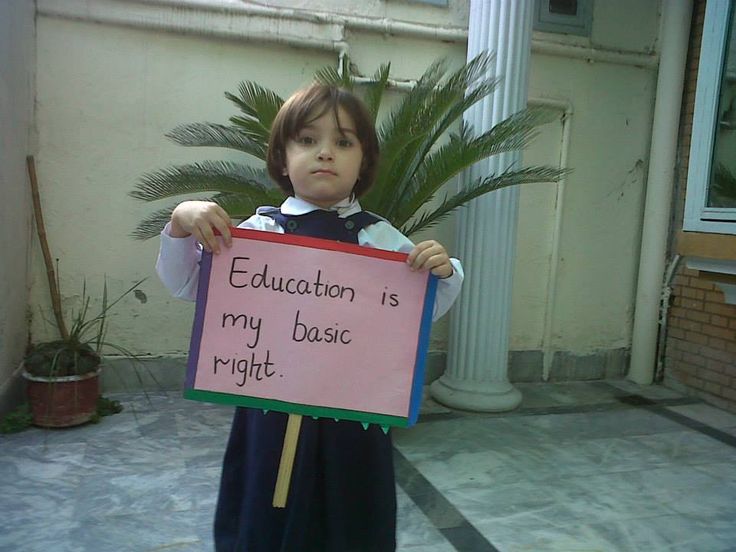
Challenges Ahead
Despite its potential, the World Bank Pakistan Education Project faces several obstacles:
- Implementation gaps: Previous education projects in Pakistan have struggled due to bureaucracy.
- Political instability: Changes in government can delay or derail reforms.
- Resource allocation: Ensuring funds are spent effectively is a persistent challenge.
- Cultural barriers: In some areas, social norms still discourage girls’ education.
Addressing these challenges will require strong coordination between the World Bank, federal and provincial governments, and local stakeholders.
Lessons from Cambodia and Beyond
Interestingly, the World Bank is running similar education initiatives in Cambodia. The comparison offers insights for Pakistan:
- In Cambodia, early childhood programs have shown measurable improvements in learning outcomes.
- Community-driven approaches, where parents participate in school management, have proven effective.
- Long-term success depends on sustained funding and political commitment.
The World Bank Pakistan Education Project could replicate these lessons if local stakeholders remain engaged.
Long-Term Outlook
The World Bank Pakistan Education Project is not just about building classrooms—it’s about reshaping Pakistan’s education system. If the project meets its targets:
- By 2030, millions more children in Punjab could enter school ready to learn.
- Teacher capacity will improve across the province, creating ripple effects nationwide.
- Pakistan’s progress toward the UN’s Sustainable Development Goal 4 (Quality Education) will accelerate.
Ultimately, education reforms supported by international institutions like the World Bank could play a pivotal role in breaking Pakistan’s cycle of poverty and underdevelopment.
Conclusion
The World Bank Pakistan Education Project offers a unique opportunity to transform the future of millions of children. By focusing on early childhood education, teacher training, and community involvement, it addresses the structural weaknesses that have long held Pakistan back.
While challenges such as political instability and cultural barriers remain, the project’s scale and ambition provide hope for a brighter, more educated future.
Education is not just about learning—it’s about building human capital, empowering communities, and driving sustainable development. With the World Bank Pakistan Education Project, Pakistan takes an important step toward fulfilling this vision.
